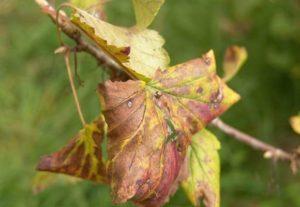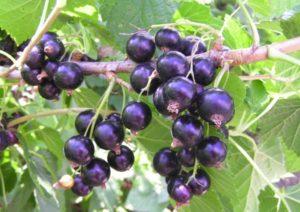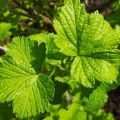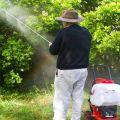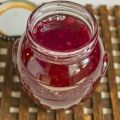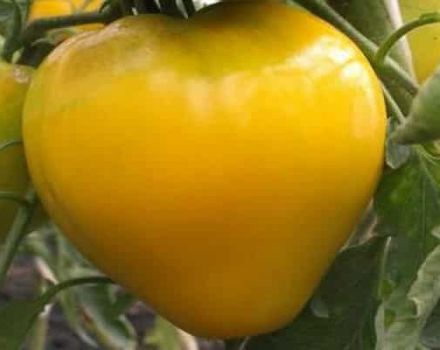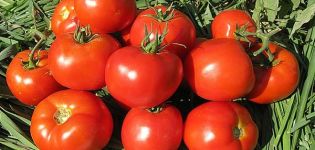When to collect and how to properly dry currant leaves for the winter for tea
The positive effect of dry harvests on improving human health has long been proven. Therefore, gardeners from the summer try to stock up on herbs and bushes of various plants. For example, the positive effect of currants lies not only in its berries. However, in order to preserve the maximum useful properties, you need to know when to pick currant leaves and how to dry them properly.
The benefits of dried black and red currant leaves
The currant bush contains many useful trace elements, vitamins and amino acids. Thanks to this, the collection is famous for:
- immuno-strengthening properties;
- anti-inflammatory action;
- beneficial effect on the circulatory system;
- disinfecting effect.
Currant leaves are especially useful for the elderly. Infusions and teas are often used to strengthen blood vessels, preserve the quality of vision, they stimulate the work of the heart muscle and relieve atherosclerosis.
Where is it used?
The beneficial substances contained in black currant are widely used in various spheres of life. Many medicines for arthrosis or to improve vision include pomace from currant leaves.
Important! Before using, both external and internal, it is recommended to make sure that there is no allergic reaction and to consult with your doctor about the effect of decoctions of currant leaves on blood cells.
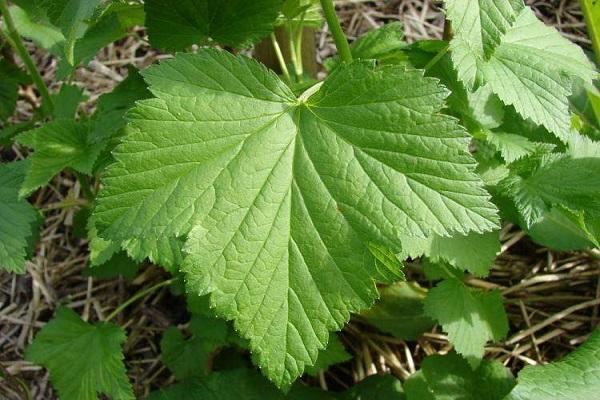
In cooking
In cooking, currant berries are more often used, transferring the rest to the use of medicine and cosmetology. However, connoisseurs will find use for other parts:
- Decoctions and teas based on various herbs are brewed, which are used internally as a prophylaxis and to eliminate problems with blood vessels.
- Just like cucumbers and tomatoes, sometimes the leaves are pickled. A spicy addition goes well with meat, poultry and various salads.
- Currant leaves are often added to homemade wines and liqueurs.
In folk medicine
Traditional medicine is also full of recipes for drugs based on currant leaves. Decoctions are used for diseases such as:
- rheumatism;
- stagnation of bile in the body;
- problems with digestion and metabolism;
- colds, to increase sweating and excretion of phlegm;
- decreased immunity;
- failure of the cardiovascular system.
Important! It is recommended to be taken with caution by people with low blood pressure, since decoctions of currant leaves can also affect the performance.

In cosmetology
In cosmetology, currants are also used to renew and regenerate the skin, to give a healthy complexion and cleanse the body from the inside. The plant's antiseptic properties make it possible to create and use ointments that help get rid of minor scratches and successfully fight acne.
What leaves are suitable for winter harvesting?
To get the maximum amount of nutrients, to preserve the aroma and taste of currant leaves until winter, you need to be careful about the collection. It is not recommended to use leaves affected by fungus or to tear greens from the lower tough part of the bush. An infectious disease of a plant not only deprives it of its positive qualities, but can also negatively affect the health of the host.
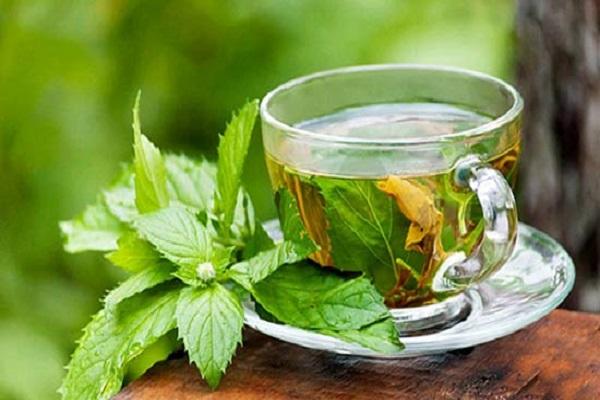
When to collect?
The optimal time to collect currant leaves for brewing tea is early July. The bushes are young at this moment, and contain the most significant amount of vitamin. Some gardeners do not want to disturb the young bush, and start harvesting only in the month of August. However, at the end of summer, the lower part of the bush hardens and loses some of its properties.
Also, some toxic substances accumulate there, therefore, when collecting leaves at the end of the season, it is recommended to give preference to the top.
How to properly dry currant leaves?
It is not enough to collect the leaves in time, it is also important to dry them properly. For this, it is recommended that three fundamental rules are observed:
- the presence of constant heat at the drying site;
- an increase in humidity should not be allowed;
- it is required to avoid direct sunlight and high temperatures.
Important! Failure to comply with the rules for processing and drying currants will not affect the taste and aroma properties of the collection, but will destroy most of the healing actions.
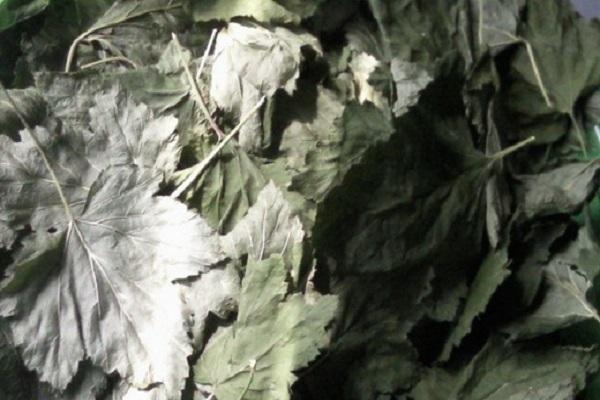
On open air
Drying the collection of currants in the open air is the first thing that comes to mind for every gardener. The method does not require additional efforts, training and equipment. It is enough to find a place that meets all the parameters: dry, warm, not sunny.
In the oven
When weather or other conditions do not allow drying the currant collection in the open air, experts advise resorting to using the oven. However, the leaves need to be dried, not baked or fried. For this:
- the temperature in the oven should not exceed 100 degrees;
- the collection is recommended to be laid out in one layer;
- the oven door must be slightly opened so that vapors do not accumulate;
- darkening of the leaves indicates that they are burnt and are not suitable for use.
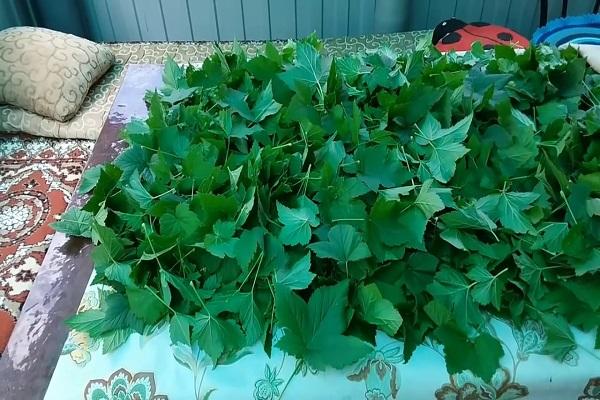
In a special dryer
If a special electric dryer for processing fruits is available, it is recommended to use it. Usually in such devices there is a function "Drying herbs". However, the absence of such a regime is not a reason to be upset, just a minimum temperature will do. The leaves are laid out on a baking sheet in a thin layer, otherwise the aroma will become musty. The advantage of an electric dryer is that the leaves cannot be overdried or fried.
Fermentation
The longest and most laborious process, but connoisseurs mark it as the best for the preservation of all properties. The fermentation procedure takes place in several stages:
- It is required to bring the leaves to a state of lethargy so that the veins stop crunching and breaking when bent (6-24 hours).
- Next, you need to squeeze the juice out of the leaves (cut, press, make through a meat grinder). The amount of juice directly affects the aroma of the collection.
- Finally, it is recommended to dry in any convenient way. It is important not to overdry the leaves, otherwise all previous efforts will be nullified and the tea will lose its aroma.
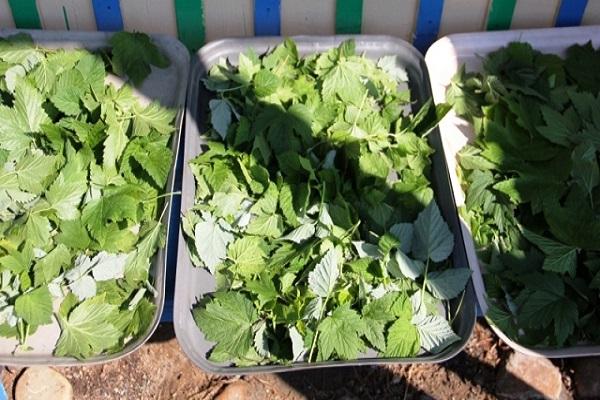
Duration and storage conditions at home
It is recommended to store the collection of currant leaves in a glass jar, plastic container or bag, in a dry, dark place. The main thing is that the dried leaves are not influenced from the outside (water, insects, dust). Subject to the storage rules, the collection costs for years.
Folk recipes for healthy and tasty tea
Currant leaves are suitable for single and mixed brewing. The most delicious and popular are the combinations with:
- currant berries and mint;
- green tea and lemon;
- ginger and honey.
Also, currant leaves, for the prevention of diseases, are recommended to be added to regular tea in the evening. So sleep improves and fatigue goes away.
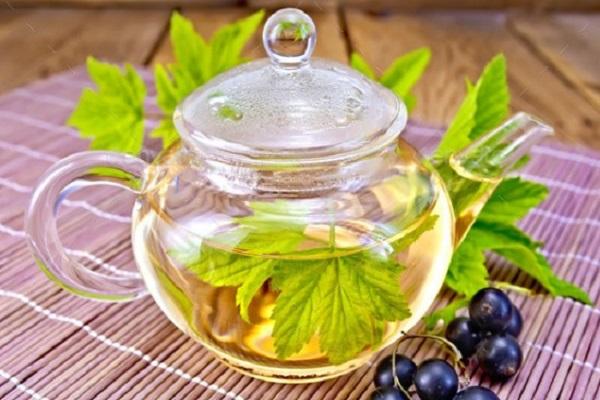
Existing contraindications
Among the main contraindications are low blood pressure and pathology of blood cells. It is also recommended to be taken with caution by pregnant women.
